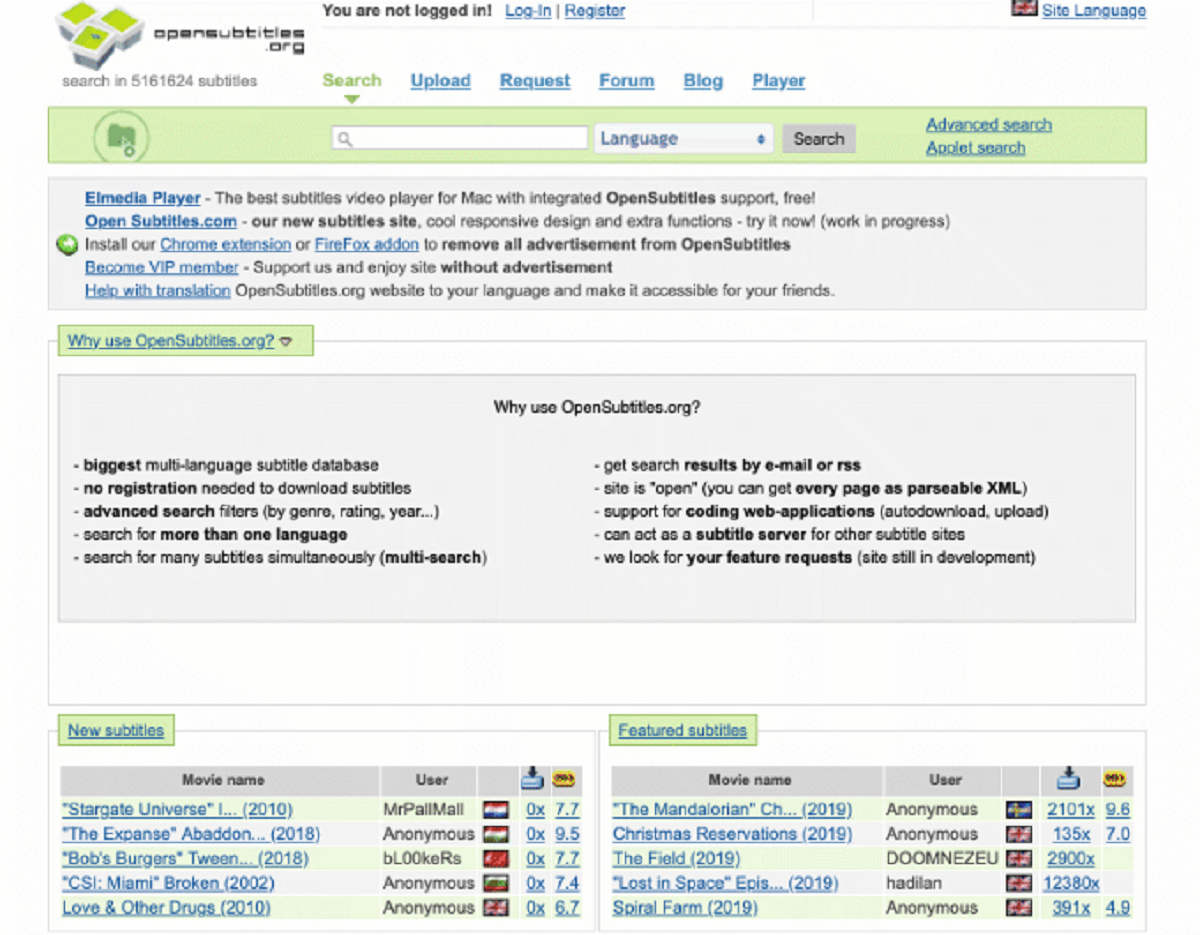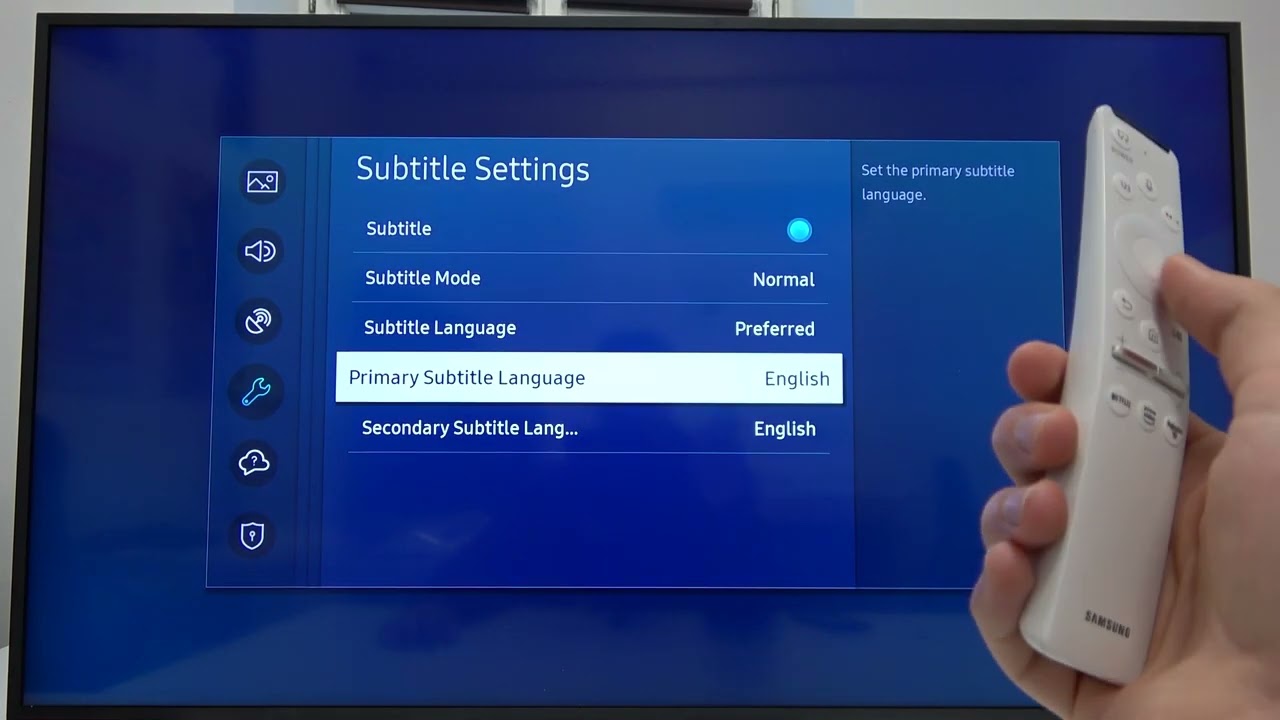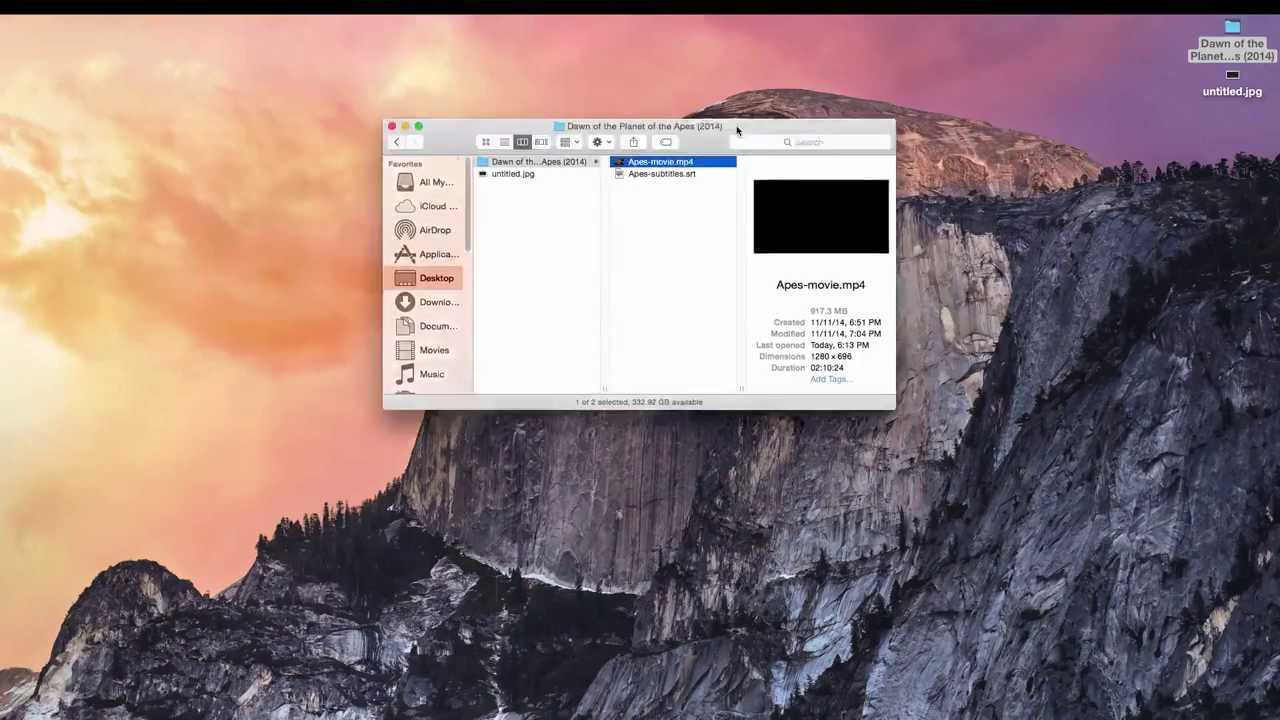Introduction
When it comes to writing a paper, there are several elements that contribute to its overall structure and organization. One such element is the use of subtitles. Subtitles, also known as subheadings or headings, are short phrases or titles that provide a concise summary of the content that follows. They serve as a roadmap for readers, helping them navigate through the paper and understand the main points being discussed.
The use of subtitles in a paper is not only a stylistic choice but also an important tool for effective communication. Subtitles help break down complex ideas into smaller, more manageable sections, making it easier for readers to grasp the main ideas and follow the logical flow of the paper. Additionally, subtitles provide visual cues that assist readers in skimming through the paper and quickly locating specific information.
Whether you are writing an essay, research paper, or any other academic document, using subtitles can greatly enhance the reader’s experience and understanding. By structuring your paper with clear and informative subtitles, you can present your ideas in a cohesive and organized manner, making it easier for readers to engage with your content.
In the following sections, we will explore the purpose and importance of subtitles in academic writing, as well as provide guidelines and examples for effectively using subtitles in your paper. But before we delve into those details, let us first understand what exactly subtitles are and how they differ from headings and subheadings.
Definition of Subtitles
Before we delve into the benefits and guidelines for using subtitles in a paper, it is important to establish a clear understanding of what exactly subtitles are and how they differ from headings and subheadings.
Subtitles, also known as subheadings or headings, are concise phrases or titles that provide a brief summary of the content that follows. They are typically used in written materials, such as papers, articles, books, and presentations, to break down the main text into smaller, more manageable sections.
Unlike headings, which are used to designate major sections or chapters within a document, subtitles are used to further divide these sections into more specific categories or topics. They provide a hierarchical structure to the content, allowing readers to easily navigate through the paper and locate relevant information.
Subtitles are often distinguished from headings by their formatting. While headings are typically presented in a larger font size, subtitles are usually formatted with bold text or placed within quotation marks to visually differentiate them from the main text. This visual distinction makes it easier for readers to identify and locate specific sections within a paper.
It is crucial to note that the use of subtitles should be consistent throughout the paper. Ideally, they should be used in a logical and systematic manner, following a clear and coherent structure. This ensures that readers can easily follow the flow of ideas and connect the different sections of the paper.
Now that we have established the definition of subtitles and their role in organizing a paper, let us explore the purpose and importance of using subtitles in academic writing.
Purpose of Subtitles in a Paper
The use of subtitles in a paper serves various purposes that contribute to effective communication and enhanced reader comprehension. Understanding the purpose of subtitles can help you strategically incorporate them into your writing to create a well-structured and engaging document.
One of the primary purposes of subtitles is to guide the reader through the content of the paper. By providing clear and descriptive titles for different sections, subtitles act as signposts, indicating the main ideas or topics covered in each section. This helps readers orient themselves and understand the overall organization of the paper, making it easier for them to navigate through the text and locate specific information.
Furthermore, subtitles facilitate the skimming and scanning of a paper. In academic settings, readers often have limited time and may need to quickly assess the relevance of a document to their research or study. Subtitles provide visual cues that allow readers to skim through the paper and identify sections or subsections that are of particular interest. This not only helps readers save time but also encourages them to engage with the content more effectively.
In addition to aiding navigation and skimming, subtitles also improve the readability of a paper. Breaking down large blocks of text into smaller, subsections with descriptive subtitles makes the content more digestible. This is especially important for academic papers that may contain complex concepts or lengthy discussions. Subtitles provide a logical structure to the content, allowing readers to follow the flow of ideas and maintain focus throughout the paper.
Another purpose of subtitles is to highlight key points or arguments within the paper. By using concise and informative subtitles, you can draw attention to important concepts, findings, or discussions. This helps readers understand the significance of specific sections and enables them to selectively dive deeper into the content that is most relevant to their needs.
Overall, the purpose of subtitles in a paper is to improve readability, facilitate navigation, and enhance the overall comprehensibility of the content. By strategically incorporating subtitles, you can guide your readers through your paper, provide visual cues for efficient skim reading, and create a more engaging and accessible document.
Importance of Subtitles in Academic Writing
Subtitles play a crucial role in academic writing, offering significant benefits for both writers and readers. Recognizing the importance of subtitles can help you improve the clarity, organization, and overall impact of your academic papers.
First and foremost, subtitles help improve the overall structure and organization of academic writing. By breaking down the content into smaller sections with clear subtitles, you create a sense of coherence and logical progression. This not only makes it easier for readers to understand your arguments and ideas but also enables you to organize your thoughts better as a writer. Subtitles help you communicate your main points effectively, ensuring that your paper flows smoothly and is easy to follow.
Additionally, subtitles enhance the readability of academic papers. When readers encounter lengthy paragraphs or dense text, they can quickly become overwhelmed, leading to reduced comprehension. Subtitles provide visual breaks in the text, making the content more accessible and digestible. The use of subtitles allows readers to skim through the paper, locate relevant information, and focus on specific sections that align with their research interests or needs. This not only improves the reader’s experience but also increases the chances of your paper being read and cited by others.
Furthermore, subtitles in academic writing help to improve the overall accessibility and inclusivity of your paper. Different readers may have varying levels of background knowledge or may be approaching your paper from different disciplinary perspectives. Subtitles allow readers to quickly assess the content of each section, enabling them to decide which sections are most relevant to their interests or expertise. This ensures that your paper can be accessed and understood by a wider range of readers, fostering interdisciplinary dialogue and collaboration.
The use of subtitles in academic writing also promotes effective communication of complex ideas. Academic papers often address intricate concepts or present detailed findings. By breaking down these ideas into smaller sections with descriptive subtitles, you can guide readers through the content and help them grasp the main arguments or findings. Subtitles serve as signposts, highlighting the key points and ensuring that readers can follow the logical flow of your paper, even when dealing with intricate subject matter.
In summary, the importance of subtitles in academic writing cannot be overstated. They contribute to the overall structure, readability, accessibility, and clarity of your papers. By incorporating subtitles strategically, you improve the organization of your ideas, enhance the reader’s experience, and increase the impact and reach of your academic work.
Guidelines for Using Subtitles in a Paper
Using subtitles effectively is essential for creating a well-structured and accessible academic paper. By following these guidelines, you can ensure that your subtitles enhance the overall organization and readability of your work.
1. Be clear and concise: Subtitles should accurately reflect the content of the section while being concise and informative. Avoid using vague or overly broad titles that may confuse the reader. Instead, choose subtitles that provide a clear and concise summary of what will be discussed in that particular section.
2. Maintain a logical hierarchy: Subtitles should follow a logical hierarchy, with main sections identified by larger headings and subsections labeled with subheadings. This hierarchical structure helps readers grasp the overall organization of your paper and understand the relationships between different sections.
3. Ensure parallelism: When using subtitles for multiple sections within the same level, make sure they have a consistent structure. This means using parallel grammatical form, such as using all nouns, verbs, or phrases, to maintain consistency and clarity.
4. Avoid redundancy: Subtitles should provide new and distinct information from the main heading. Avoid duplicating words or phrases that are already mentioned in the main title. Instead, use the subtitle to add additional details or to focus on a specific aspect of the main topic.
5. Consider your audience: Take into account the background and expertise of your intended audience when crafting subtitles. Use terminology and language that is appropriate for your target readership, ensuring that the subtitles are accessible and understandable to them.
6. Use formatting consistently: Formatting is an important aspect of subtitles. Consistently follow the formatting guidelines provided by your institution or publisher. This may include using bold text, italicization, or quotation marks to distinguish subtitles from the main text.
7. Review for coherence: Once you have incorporated subtitles into your paper, review the overall flow and coherence of the sections. Ensure that the subtitles create a logical progression and help guide the reader through your arguments or findings. Adjust and revise as necessary to create a seamless and well-organized document.
By adhering to these guidelines, you can effectively incorporate subtitles into your academic writing, creating a clear and organized paper that is accessible to your readers.
Formatting Subtitles in a Paper
Formatting subtitles in a paper is essential for visually distinguishing them from the main text and creating a clear hierarchy of information. By following these guidelines, you can ensure that your subtitles are formatted consistently and effectively.
1. Use appropriate font size and style: Subtitles should be formatted using a slightly larger font size than the main text to make them stand out. However, they should not be excessively larger, as this may disrupt the flow and visual coherence of the paper. Choose a font style that is clear and easy to read, such as Arial, Times New Roman, or Calibri.
2. Utilize bold or italics: To further emphasize subtitles, you can use bold or italics formatting. Decide on a consistent approach for your subtitles and apply the same formatting throughout the paper. For example, you may choose to use bold for main section subtitles and italics for subsections. This helps visually differentiate the different levels of subtitles.
3. Consider using numbering or lettering: In certain cases, such as when presenting a step-by-step process or outlining multiple points, using numbering or lettering can provide clarity and organization. This helps readers understand the sequence or hierarchy of the information being presented. Ensure that the formatting for the numbering or lettering is clear and easily distinguishable from the main text.
4. Use consistent punctuation: Decide on a consistent style for punctuation in subtitles and apply it throughout the paper. For example, you may choose to use sentence case (capitalizing only the first word and any proper nouns) or title case (capitalizing the first letter of each word). Consistency in punctuation helps maintain the visual coherence and professionalism of your paper.
5. Maintain a clear hierarchy: Formatting should reflect the hierarchical structure of your paper. Use larger headings for major sections and smaller subheadings for subsections. Consider using a different font size or formatting style for each level of subtitles to visually indicate the hierarchy. This makes it easier for readers to navigate your paper and locate specific sections.
6. Follow specific style guidelines: Depending on the academic discipline or publication guidelines, there may be specific rules for formatting subtitles. Familiarize yourself with the recommended style guide, such as APA, MLA, or Chicago style, and adhere to their formatting guidelines for subtitles. This ensures consistency and compliance with academic standards.
7. Proofread for consistency: After formatting your subtitles, take the time to proofread your paper for consistency. Check that the font sizes, styles, and punctuation are applied uniformly throughout the document. Consistent formatting enhances the professional appearance of your paper and facilitates readability for your audience.
By following these formatting guidelines, you can effectively structure and present subtitles in your paper, enhancing readability and aiding in the navigation of your content.
Examples of Subtitles in Different Disciplines
Subtitles in academic writing can vary depending on the specific discipline or field of study. Different disciplines may have their own conventions and expectations for how subtitles are used. Here are some examples of how subtitles are commonly employed in various disciplines:
1. Social Sciences: In social sciences, subtitles are often used to indicate different research questions or hypotheses being addressed within a study. For example:
- “The Effects of Social Media on Adolescent Mental Health: A Quantitative Analysis”
- “Factors Influencing Voter Turnout in Presidential Elections: A Comparative Study”
2. Natural Sciences: In natural sciences, subtitles are commonly used to outline different stages of an experimental procedure or to present key findings and interpretations. For example:
- “Experimental Setup and Materials”
- “Results and Discussion: Analysis of Growth Patterns”
3. Humanities: In humanities disciplines, subtitles are often employed to present different themes or topics within an overall argument or analysis. For example:
- “Exploring Symbolism in the Novels of Virginia Woolf”
- “The Evolution of Renaissance Art: A Comparative Study of Italian and Flemish Painting”
4. Engineering and Technology: In engineering and technology disciplines, subtitles are frequently used to indicate different stages or components of a design or experimental process. For example:
- “Design and Fabrication of a Microfluidic Chip for Drug Delivery”
- “Testing and Evaluation of Mechanical Properties: Tensile Strength and Hardness”
5. Business and Management: In business and management fields, subtitles may be used to outline different aspects of a case study, business plan, or strategic analysis. For example:
- “Case Study: Success Factors in International Market Entry”
- “Strategic Analysis: SWOT Analysis and Competitive Landscape”
These examples provide a glimpse into how subtitles are commonly employed in different disciplines. However, it is important to consult the specific style guidelines or preferences of your field when formatting and structuring subtitles in your own academic writing.
Final Thoughts on Using Subtitles in a Paper
Using subtitles in a paper can greatly enhance its organization, readability, and overall impact. By considering the purpose and following the guidelines for using subtitles effectively, you can create a well-structured and engaging academic document.
Subtitles serve as signposts, guiding readers through the content and aiding in the navigation of the paper. They break down complex ideas into smaller, more manageable sections, making it easier for readers to follow the flow of your arguments or findings.
When incorporating subtitles, it is important to be clear, concise, and consistent. Use descriptive subtitles that accurately reflect the content of each section. Maintain a logical hierarchy and formatting style for your subtitles, ensuring they are visually distinguishable from the main text.
Remember to consider your audience when crafting subtitles, using terminology and language that is appropriate for your readership. Avoid redundancy and ensure that the subtitles add new and distinct information to the overarching title.
Keep in mind that different disciplines may have specific conventions for using subtitles. Familiarize yourself with the guidelines and style requirements of your field to ensure consistency and compliance.
Overall, subtitles play a vital role in improving the organization, readability, and accessibility of academic papers. They facilitate effective communication, aid in skimming and scanning, and enhance the overall reading experience for your audience.
Incorporating subtitles demonstrates your mastery of structuring information and catering to the needs of your readers. By utilizing them strategically, you can effectively convey your ideas, promote understanding, and engage with your audience more effectively.
Remember to proofread your paper for consistency and coherence, ensuring that the subtitles contribute to the overall flow and logical progression of your arguments or findings.
By utilizing and formatting subtitles thoughtfully, you can create a well-organized and impactful paper that captivates readers and effectively communicates your research or ideas.

























